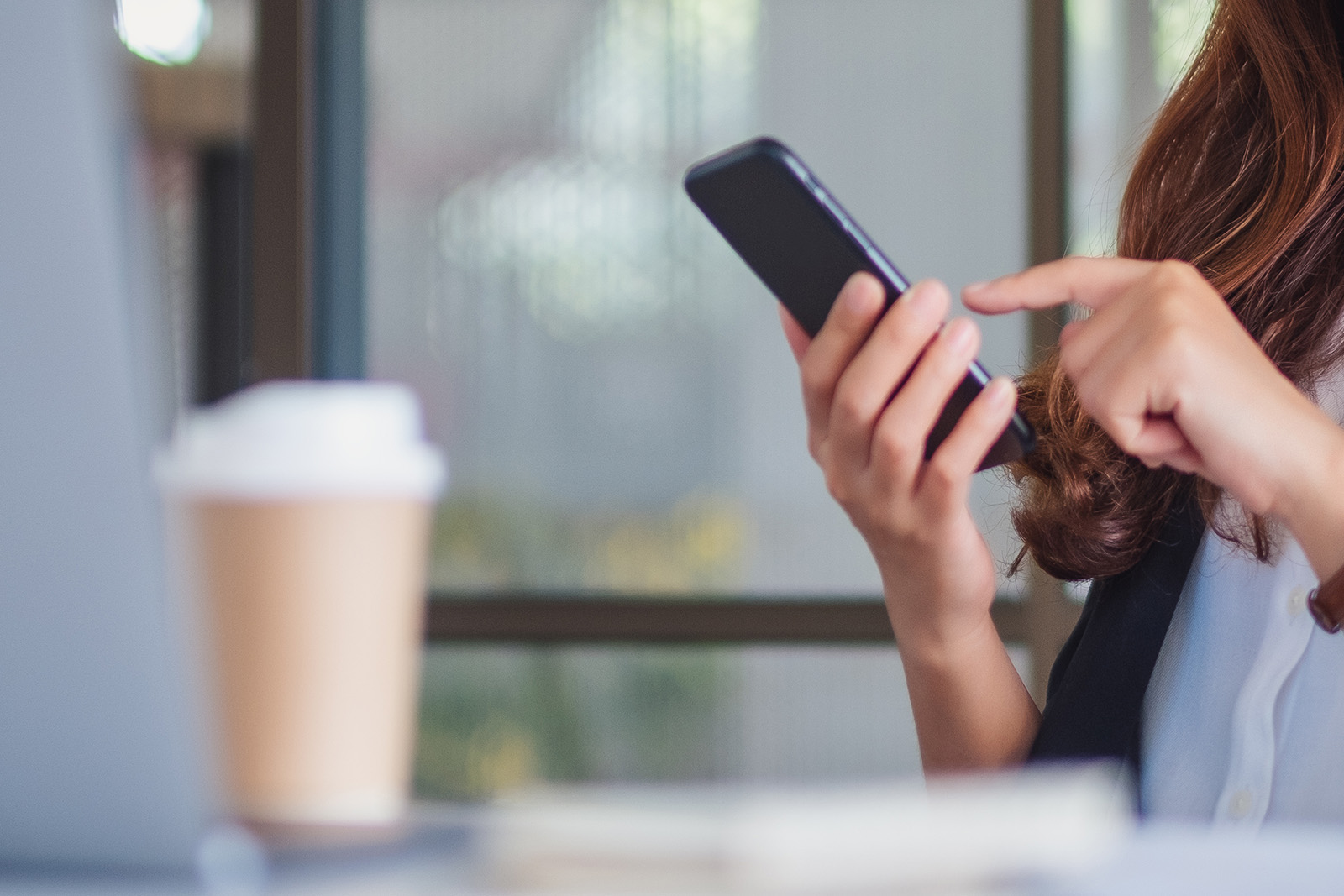Existing Patients
(212) 679-4488
New Patients
(212) 401-2665

Event and Holter monitors are portable devices used to continuously record your heart's electrical activity over time. These tools help your cardiologist detect irregular heart rhythms (arrhythmias) that may not appear during a standard ECG in the office.
A Holter monitor typically records your heart activity for 24 to 48 hours. You wear it as you go about your normal daily routine, allowing your doctor to get a full picture of how your heart functions over an extended period.
An event monitor works similarly but is worn for a longer time—usually 30 days. Instead of recording continuously, it only records when you press a button during symptoms like dizziness, palpitations, or chest discomfort. Some models are auto-triggered when they detect abnormal rhythms.
These monitors are painless, noninvasive, and provide essential information to help guide accurate diagnosis and effective treatment.
A Holter monitor records your heart’s rhythm continuously for 24–48 hours, while an event monitor is used over a longer period (up to 30 days) and records only when you activate it during symptoms—or automatically if it detects an irregular rhythm.
It depends on the type of monitor. Most Holter monitors are not waterproof, and exposure to moisture can compromise the accuracy of your heart rhythm recordings and potentially damage the equipment— so you'll need to avoid traditional showering during the typical monitoring period. Event monitors, on the other hand, may be removed temporarily depending on the model. In all cases, your doctor will provide you with a complete set of personalized instructions.
If you're using an event monitor, press the button to record the episode and note the symptoms and time in a diary if instructed. This helps your doctor correlate your symptoms with your heart’s rhythm at that moment.
